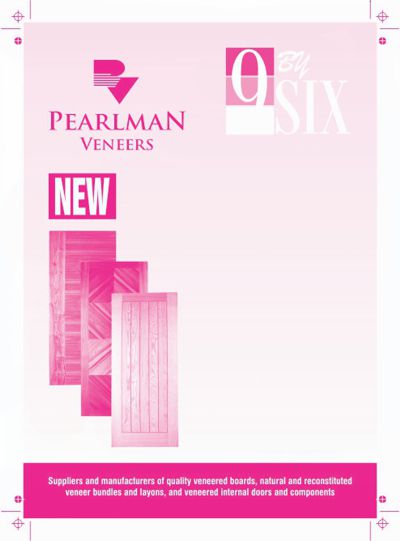Knowing the difference between spot colour and process printing can save you both time and money when you’re having artwork designed or ordering printing. This article explains the two most widely used methods for reproducing colour in printing.
Spot Colour Printing
In spot colour printing each colour is individual and mixed separately before it used. Each colour also requires its’ own plate on the printing press, which produces more vibrant and detailed colour. Specifying spot colours is the best way to ensure colour consistency for your brand. Read more on Corporate Identity.
Printing of metallic and fluorescent colours is also only possible with spot colour printing as these colours can’t be simulated in CMYK.
Although accurate proofing of spot colours can’t be achieved with the digital process, spot colours can be specified using to the Pantone Matching System. It can then be assumed that the printed colours will be accurate.
The Pantone Colour Matching System or PMS
The Pantone Colour Matching System is widely used to achieve accuracy and produce the best results in spot colour printing.
There are over a thousand colours in the Pantone Matching System that can be mixed using Pantone base inks. Printers are able to match a colour by referring the PMS number you specify to a colour chart and identify the base colours required to mix the specified PMS colour. This means that the ink is prepared to a specific formula so it will be the same every time the job is printed. Read more on the Pantone colour numbering system.

Advantages of spot colour printing
- Colours are brighter and more vibrant with spot colour printing
- Accuracy is made possible with the Pantone Matching System
- Possible to achieve consistency from one print run to the next
- Printing costs can be reduced if only a few colours are used
- Coverage is better for large areas of flat colour
Disadvantages of spot colour printing
- Spot colours are difficult to reproduce with digital printing
- It can become expensive if more than a few colours are used
- Spot colour printing is not suitable for printing colour photos and images.
Four Colour Process Printing
In the four colour printing process, colours are created during the printing process itself by using a combination of tiny dots from the four primary CMYK colours: Cyan (C), Magenta (M), Y (Yellow) and Black (K). A wide range of colours can be achieved when these colours are combined using different screen angles and percentages.
An example of how colours are separated in the four colour printing process





The four process colours combined to create the full colour flyer.
Advantages of CMYK colour printing
- Process printing is ideal for print jobs with full colour photographic images
- The four colour process can be used if it’s possible to match brand colours
- Full colour printing will be cheaper for jobs with many colours. This is because only four printing plates will be required irrespective of the number of colours in the design

Disadvantages of CMYK colour printing
- Colours may vary from one print run to the next
- Some colours are outside the range of CMYK printing such as fluorescent or metallic colours
- Colours are less vibrant than those printed using spot colour
Both printing methods have their pros and cons. Which is best, largely depends on your expectations and budget. Finally – be kind to your printer and prepare your artwork to their specifications for the method you choose. Take a look at my post on preparing artwork for print.
If you need help or advice with spot colour and process printing, please feel free to contact us. Visit our home and services pages for more about us and what we do.
Please share this article if you found it useful






Leave a Reply